One of the most common questions for collectors is “how old is my watch?” Unfortunately, there’s no single way to determine the age of a given vintage watch. Even watches from the same brand often have different ways of determining age depending on the era in which they were made. Luckily we live in the age of the Internet and also have access to some great books, so there is hope.
Below is a list of dating-related resources that I’ve been able to find, sorted by brand name. It’s far (far, far, far) from exhaustive, so please send me anything new I should add or changes I should make in the feedback box below.
General Resources
The Ranfft Pink Pages for Timepieces: Dr. Roland Ranfft has created one of the watch collecting world’s great resources and time-sinks. Here you can find technical and date information on literally thousands of movements, including details such as movement size, hand size, and lists of other variations in the same movement family. There’s also information on a multitude of different watches as well.
Another great source is the Pocket Watch Database. Don’t let the name fool you, while the site focuses heavily on content about pocket watches, the movement database includes information about many early wristwatch movements, including those for Elgin, Illinois, Hamilton, and Waltham models.
Bulova
MyBulova.com: Search for your watch by movement, model, serial number or date code. Extensive gallery of photos to help you identify your watch visually. Members of the site regularly help people identify “unknown” models as well. Also includes photos of vintage advertising and catalogs to help you learn more about watches in your collection.
One quick tip with Bulova is that since 1949 they’ve used a letter-plus-number date code on the case back. So L5 would be 1955 and M7 would be 1967. WatchOPhiliia has a detailed article on other ways to identify the ages of various Bulova models. You’ll find a wealth of other great Bulova information there as well.
Elgin
The Elgin Watch Serial Number database makes it simple to find the age of your watch. Just enter the number, and it responds with whatever information it has, includes years of manufacture, size, grade, how many were made, and more.
Gruen
Everything you need to know is here at GruenWristwatches.com. Gruen wasn’t as consistent in how it numbered its watches and movements and used cases from a number of manufacturers over the years, so dating them can take a bit of effort. This site walks Gruen fans through several techniques (case style number, movement number, etc.) for identifying and finding the age of their watches. If you prefer your data on paper, Mike Barnett’s Gruen Watch Model Identification Guides are excellent resources.
Hamilton
In addition to the Pocket Watch Database listed above, you can also find lists of Hamilton serial numbers at PocketWatchRepair.com. After the 1960s, Hamilton stopped producing its own movements, so the Ranfft database above can be more useful. There’s also Bruce Shawkey’s Hamilton Wristwatches: A Reference Guide for anyone who likes turning actual pages. It’s a great book.
While not specifically a way to date your watch, Dan Keefe’s HamiltonChronicles.com is also a world-class resource. Dan has restored countless Hamilton watches and describes the process for each on his blog, complete with detailed photos.
Illinois
The Pocket Watch Database is a good place to start, but if you really want to know something about your watch, The Illinois Watch and Its Hamilton Years by Fred Friedberg is the be-all, end-all source. The book set covers everything you could ever want to know about Illinois wristwatches, far beyond just age.
Omega
Like many high-end watchmakers who have withstood the tests of time relatively intact, Omega offers owners of its products the ability to contact customer service to learn more about their watches, including when they were manufactured. As of this writing, the service was temporarily closed for an upgrade, but customers could supply their email address to be notified when extract requests would be accepted again.
For basic date-by-serial-number information, PocketWatchRepair.com has a table of Omega numbers and dates.
Rolex
I don’t collect Rolex, but people who do often refer to BobsWatches.com as a reliable place to go for the classic Swiss timepieces. The site also includes a database of manufacturing dates by serial number. You can also take your watch to an authorized dealer to learn more about it, including whether it’s actually a Rolex.
Recent Posts
The latest posts on collecting vintage watches that won't break your budget.
How to Start a Watch Collection
I began collecting watches and learning to do some of my own maintenance just a couple years ago for a several reasons. First, I encountered an old Hamilton in a second-hand store that reminded me of a watch I had seen at my grandfather’s house when I was a...
Space-age Flea Market Watch Find – The 1970 Jovial Vision 2000
Note: This watch is currently up for auction on eBay until April 11, 2023. On a recent trip to Montreal I visited the Market St-Michel Flea market and discovered a vendor who had a nice collection of watches ranging from a 1920s Waltham to 1980s LCD models. As I...
Frankens, Fakes, and Other Horological Monsters for Watch Collectors
Given their potentially high value, easy portability, and often inexperienced buyers eager for a bargain, fake watches are a goldmine for shady people out to make a dishonest buck. In the past, many of these fakes were obvious, poor copies that gave up their true...
eBay Search Tips for Vintage Watch Collectors (and Everyone Else)
I've been an eBay member since 1998. And while the auction juggernaut certainly has plenty of problems, I've found it an invaluable resource both for buying and selling all kinds of collectibles. But if you're just using the site's standard search to find what you...
Uh-oh – A New Watch Obsession – Illinois 1928 Mate
I've been aware of Illinois watches, of course, but the brand always represented pocket watches, which have never interested me much. But at the NAWCC national conference last week, I came face-to-face with a wide range of Illinois wristwatches and became enamored....
Sometime(x)s You Get Lucky in a Box of Junk
I bought a lot of 30 broken watches for about 50 bucks off eBay because one of them looked like something I could use for parts. When I got the box home and started digging through it, I found this guy. It's a Timex Southampton, reportedly one of the rarest Timex...
Watching the World Go By, A Tick at a Time
Why yet another watch blog? When I started collecting just a short time ago, I found lots of great information on collecting watches all over the web. But there was no one place for a new collector who wasn't interested in high-end brands and models. This site is dedicated to consolidating what I've learned, and will continue to learn, in one place. At the same time, I hope to connect some people to the sources I find most valuable.
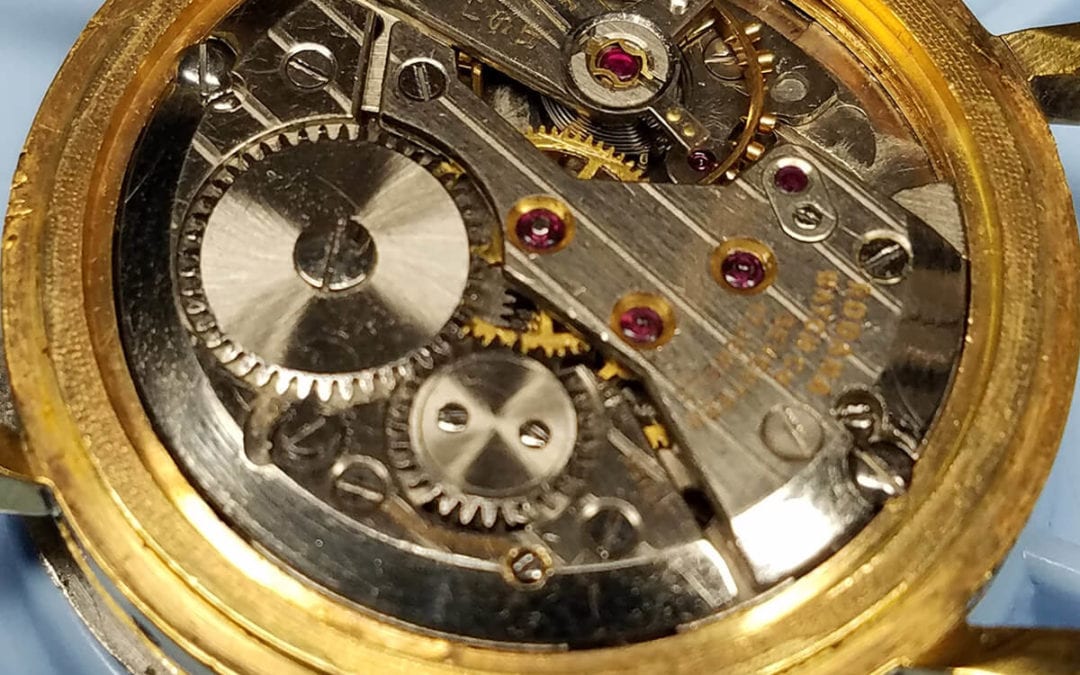
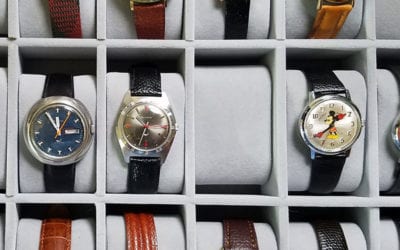
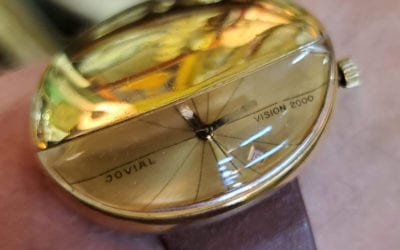
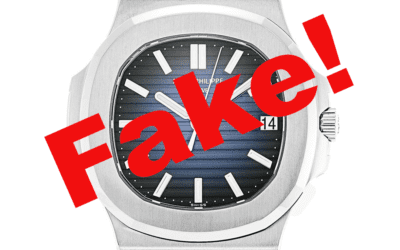

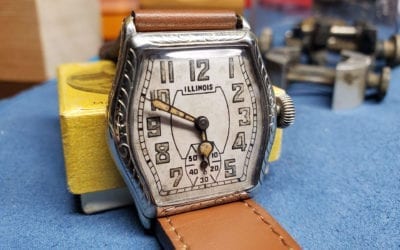

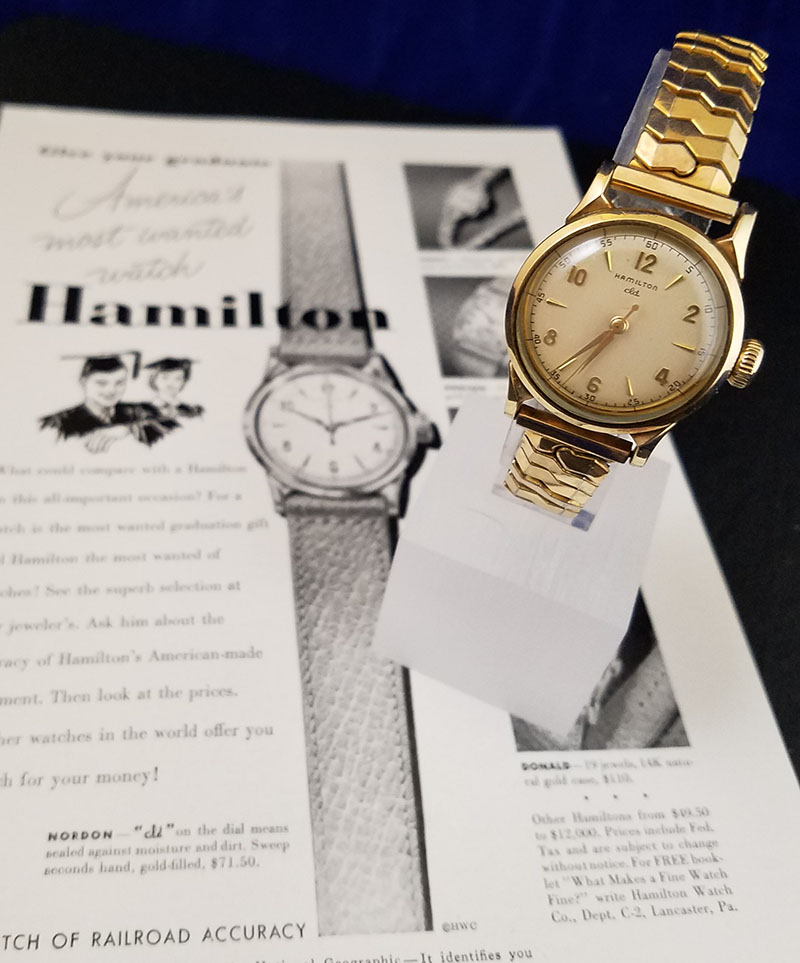
Recent Comments